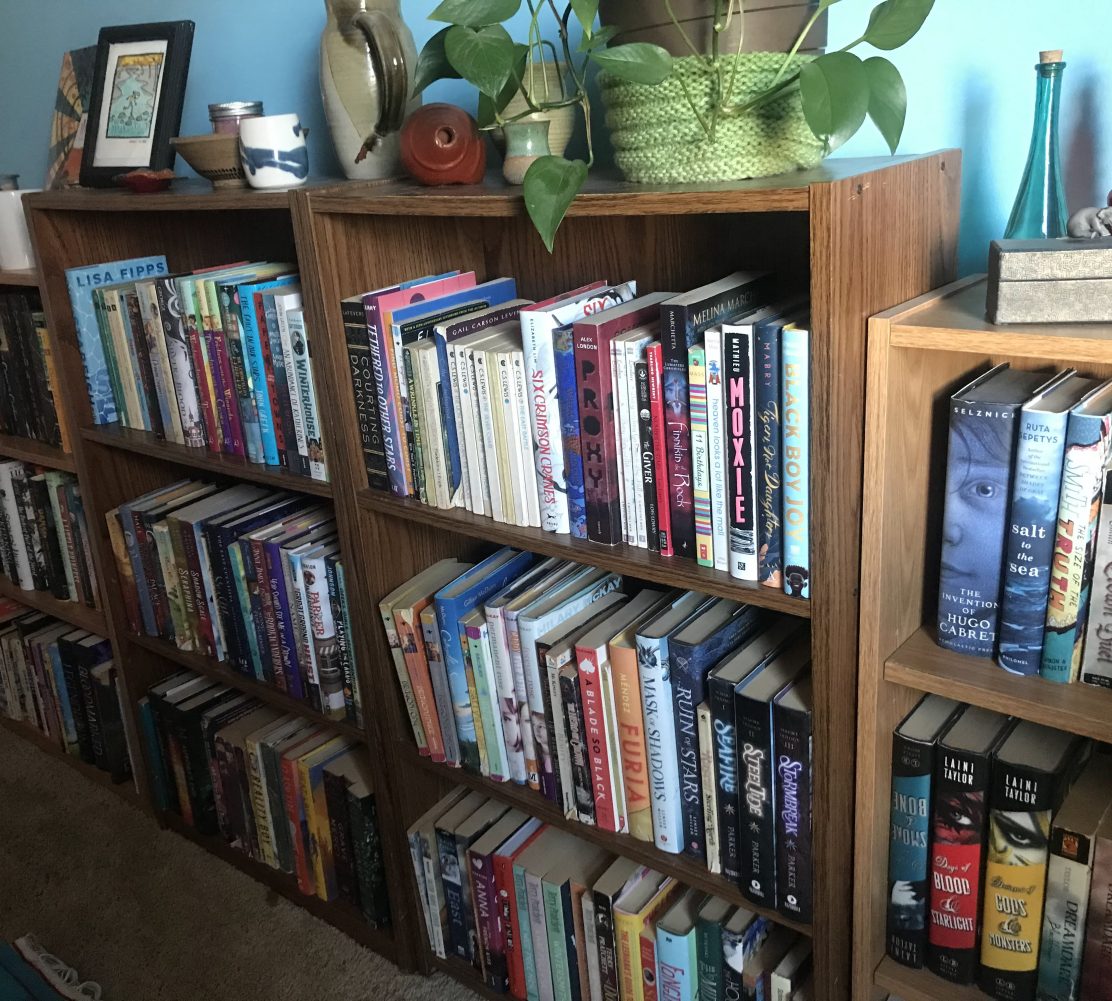by Adam Winkler
First sentence: “In December 1882, Roscoe Conkling, a former senator and close confidant of President Chester Arthur, appeared before the justices of the Supreme Court of the United States to argue that corporations like his client, the Southern Pacific Railroad Company, were entitled to equal rights under the Fourteenth Amendment.”
Support your local independent bookstore: buy it there!
Content: It’s long and dense. It’s in the history section of the bookstore.
I heard about this book when it came out a few years back and thought that it’d be interesting to pick it up, just to see what Winkler meant by the subtitle: How American corporations won their civil rights. I reminded myself of this a few months back when discussion at a (virtual) book group lent itself to Citizen’s United and how people trust corporations more than government.
It took me a month to read this, not only because I was busy, but because it’s a lot more scholarly than I was expecting, and because there’s a lot of leagalese. That said, it’s a fascinating look at the history of the relationship between corporations and the Supreme Court, and how, over 200 years, corporations and corporate lawyers won corporations many of the same rights that individual citizens have, and how Citizens United and the Hobby Lobby birth control case are natural outgrowths of that.
Winkler leaves no stone unturned. He begins at Jamestown, which was essentially a corporate town, and how corporations of some sort have basically been part of US history since the beginning. He even calls the Constitution basically a corporate charter. And from the beginning, corporations have been pushing against government regulations and trying to exert their “right” to do as they please.
It’s dense, but it’s fascinating. I came away with a couple of thoughts: 1) the Supreme Court was never apolitical. If you think it’s apolitical, then you’re mistaken. They have always been influenced by outside sources, and since corporations have the money to be influential, then they have done much of the influencing. While the Supreme Court has done good things (enforcing desegregation, gay marriage, Roe v. Wade) they are also very much a problematic branch of government. Ordinary citizens have no say (as seen by the confirmations of Gorsuch, Kavanaugh, and Barrett) in who gets to sit on the court, and yet the court wields an undue influence over the laws in our country. (I”m not sure that’s a take-away everyone would get from the book; Winkler does a good job of being balanced. I don’t know for sure he’s against Citizen’s United; he just sets out to prove that it’s a logical outgrowth of 200+ years of Supreme Court rulings.)
And, in spite of number 1, there are some interesting justices who understood, over time, what might happen. For me, the most interesting one was Louis D. Brandeis, in the early 1900s, who basically predicted Amazon and Walmart in a dissent in 1933. Winkler writes:
Brandeis argued that the law [a Florida law designed to limit the spread of chain stores] should be upheld because the rise of nations chains. “by furthering the concentration of wealth and power” and reducing competitions was “thwarting American ideals; that is making impossible equality of opportunity; that it is converting independent tradesmen into clerks; and that it is sapping the resources, the vigor, and thee hope of the small cities and towns.”
He went on to write that the “great captains of industry and finance” were “the chief makers of socialism.” All of which I found fascinating. Later in the book, another dissenting justice basically predicted what we have now: drug companies putting out advertisements for individual prescription drugs in the hopes that consumers would ask their doctor for them by name.
Anyway. I’m not sure how much of this will retain, and at one point I was complaining to R that it all felt hopeless: how does one change something that’s been embedded in the system since the beginning. I guess the answer is: one step at a time. And knowing that the system is this way — pretty rigged in favor of corporations having “rights” and against regulation — is a step in the right direction.










